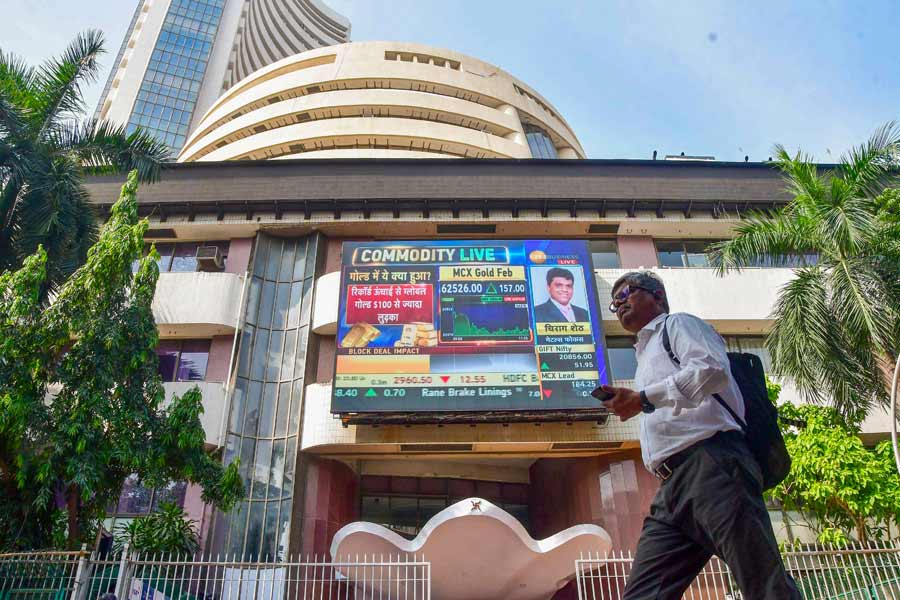After you finish reading your morning newspaper and drinking your cup of tea, take a minute to check the list of NFOs (New Fund Offers) that Sebi updates regularly. Among the things that you would no doubt notice is the sheer prevalence — some might call it predominance — of index funds and their exchange-traded counterparts.
In what underlines a marked change in the overall investing habits of ordinary Indians, index-based allocations are now the rage, thanks to the willingness displayed by asset management companies to roll out contemporary products. Habits perfected over decades (read: choosing actively managed funds with a view to beat the markets) seem ready to be replaced by a serious preference for passively managed funds.
The modern investor in India, it seems, is now all set to join his cousin in other markets, especially those where ETFs are the standard bearers. Local fund houses have chosen a range of new indices to design their latest offerings — which implies that the old-style Nifty and Sensex have given way to all manners of other indices. The latter are both broadbased and sectoral. Fund of Funds (FoFs) structured on the basis of international markets too are appearing in the securities regulator’s updated lists quite frequently.
Clearly, the smart indexer wants to choose from among an array of products, bearing different flavours, both domestic and international. Nifty and Sensex, in comparison, are limited to just 50 and 30 stocks, respectively. The market is far wider, far broader than just a handful of counters — although it could be convincingly argued that these are indeed the most significant ones in the listed universe.
Choice, the arbiter
The use of indices in the Indian market is surely on the rise, as recent trends suggest. A larger section of investors is convinced that passively managed funds would be able to deliver sustainable returns over a stretch of time. Beating the benchmark is a constant challenge for an active manager; for the latter, securing “alpha” across all market cycles remains a relentless exercise.
The objective is certainly not easy to attain. A passive fund, on the other hand, is a lot different. There is no attempt to beat the index; the rationale revolves around mirroring it as perfectly and efficiently as possible.
The biggest task of the contemporary investor, therefore, is to choose the correct index fund/ETF. If he misjudges — especially if the selection happens to be a sector-specific index —the result would be evident. There could well be an adverse impact on his overall portfolio. This would also be particularly true in case of international indices, which are terra incognita for the average Indian.
Indices chosen by fund houses can range from the well-known to the relatively-unknown. I have found out that the benchmark could be absolutely customised too.
The newly-proposed Tata New Age Digital ETF is an example. As the offer document points out, this has been designed to track a bespoke index made up of “companies benefitting from digital transformation and new age technology”. For the record, such companies could include players engaged in online shopping, food delivery, gaming, fintech and cloud computing. Quite an array of contemporary businesses, I must add.
Avoid tracking error
The acceptance and the eventual popularity of index-based funds would trigger a greater awareness of a critical element: tracking error. As the basket of choice gets broader, tracking error is expected to be monitored very closely. As readers would no doubt know, this is a measure of the difference in returns delivered by a fund and that provided by the index. Tracking error, at the end of the day, is a computation —the standard deviation of the difference between the daily returns of the underlying benchmark and the NAV of the fund, on an annualised basis.
So if you are an enthusiast waiting to allocate more in index funds/ETFs, here are a few questions for you
- Within the benchmark chosen by the fund, are there delays in purchase or sale of stocks because of illiquidity or similar reasons?
- Is there a lag in the realisation of sale proceeds in spite of purchase or sale of stocks at prevailing prices?
- What sort of cash holding is present in the fund? What is the investment in debt and money market instruments (which is needed to meet redemption requests)? Or, how is the fund manager preparing to meet redemptions or sundry recurring expenses?
Additionally, a number of secondary issues would be considered important in this context. Changes made by the index service provider, evident in the removal and addition of stocks, would be a significant matter for the fund manager. Similarly, transaction-related costs would act as a spoiler; any increase in the same would lead to an impact on the returns. Finally, delays in realisation of investors’ funds would have to be monitored as these too are an adverse influence.
As the investing public’s interest in indices grows, the market would turn towards greater variety. I foresee the arrival of newer categories of funds. Indeed, boutique investment houses, driven by fintech and dedicated entirely to indexing, may also emerge in the days ahead.
Many of the new-generation products would be based on indices that are not so popular yet. And some of these would surely emerge as powerful influencers, garnering a bigger share of allocations. Into the heaven of indexing, let the market awake!
The writer is director, Wishlist Capital advisors
International flavour
- Navi Total China Index Fund of Fund
- Invesco Nasdaq 100 Fund of Fund
- DSP US Growth Fund of Fund
- Mirae Asset Hang Seng ETF
Indian options
- Tata New Age Digital ETF
- Navi Nifty India Manufacturing Index Fund
- Mirae Asset Nifty India Manufacturing ETF
- Axis Smallcap 50 Index Fund
Source: Sebi










